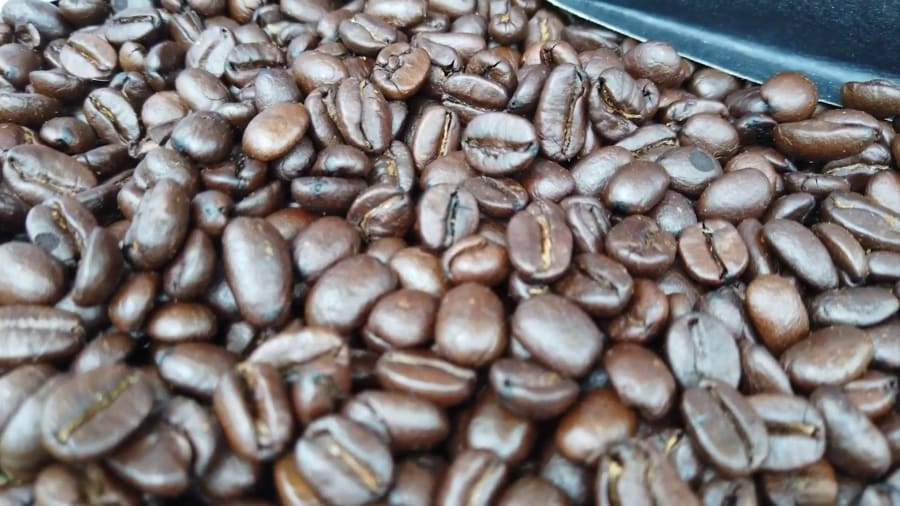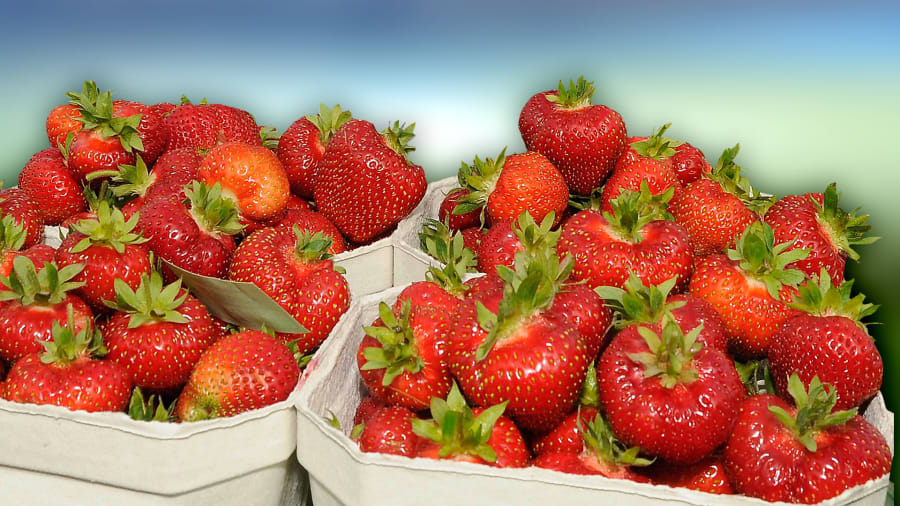If you just ate, you might want to come back and read this later -- this story might not sit well with your stomach.
It’s an unspoken fact that there is no way to get rid of all the creatures that might hitch a ride along the food processing chain, which is why the Food and Drug Administration has set standards to keep food defects at a minimum.
But a shocking amount of “filth” is legally allowed in your food.
Breakfast
The coffee beans you grind can have an average of 10 milligrams or more of animal “waste” per pound.
On top of that, as much as 4% of coffee beans are allowed to be insect-infested or moldy.
Your orange juice can contain as much as 10% mold -- and one or more maggots per cup.

Lunch
Peanut butter is one of the most controlled foods on the FDA’s list. Even with that an average of one or more rodent hairs and 30 insect fragments are allowed for every 100 grams, which is 3.5 ounces.
That means a 2-tablespoon peanut butter sandwich might have about eight insect fragments.
If you like PB&J, you should know that jelly is less regulated and can have five whole insects in every 3.5 ounces.
You’ll also want to inspect your strawberries. Anyone who has had a moldy batch knows this is an issue and that’s because berries can have an average mold count of 45% or more.

Dinner
Every 16-ounce box of spaghetti can have 450 insect parts and nine rodent hairs.
And a 16-ounce jar of tomato sauce can have two whole maggots.
If you like to add a little spice, keep in mind that a lot goes into the grinder. For example, crushed oregano can contain 300 or more insect bits for every 10 grams. That means for an average family-sized bottle of oregano, there are potentially 15,000 bug bits.
If all of this makes you feel like you’re never going to eat again, that’s understandable.
But the FDA wants people to know that this is something that it is policing. The agency has determined these levels are safe for humans to eat, and it also encourages food makers to stay far below these levels.

Pesticides
Too many bug parts in a product can be a sign that there’s something wrong in the manufacturing process, but finding absolutely no insects can be a sign of something else.
Nearly 75% of non-organic fresh produce in the U.S. contains residue from potentially harmful pesticides.
Each year, the Environmental Working Group puts out a list of the dozen types of produce with the most pesticides.
At the top of the list is strawberries. More than 90% of strawberry samples tested positive for residues from two or more pesticides and some 30% had residues from 10 or more products.
Even after being rinsed in the field and washed before eating, strawberries can still be contaminated.
Also at the top of the list: spinach, kale, peaches and pears.
Kale, collard and mustard greens, as well as hot peppers and bell peppers, had the most total pesticides detected of any crop.
New on this year’s list were blueberries and green beans. Both crops tested positive for “troubling” concentrations of “organophosphate insecticides,” which can harm the human nervous system.
Several green bean samples also tested positive for a pesticide the EPA banned more than 10 years ago.
The group also has a list of “clean produce.”
At the top of that list:
- Avocados
- Sweet corn
- Pineapple
- Onions
- Papaya
More than half of the fruits on this list showed no detectable pesticide residue.
The EWG said that while most pesticide residues found by federal regulators fall below government limits, the legal limits don’t always represent what’s safe for people to eat.
It argues many pesticides still legal in the U.S. have been banned in Europe because of science showing threats to human health and wildlife.
Memorial Day
Kenneth King, a USDA Food Safety and Inspection Service Specialist, joined us on The Morning Show on Wednesday to discuss problems he sees when people are serving and handling food during holiday gatherings -- and when to throw food out and get it in the fridge.

